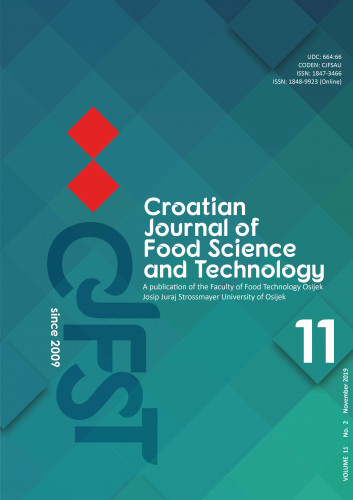Historically, yeasts from the genus Saccharomyces have been conventionally used in the production of wine and other fermented beverages. Traditionally, their main role has been the transformation of sugars into ethanol, however, research has shown that yeasts also influence wine aroma, texture, flavour and colour. In lieu of this, non-Saccharomyces yeasts, which have been considered as spoilage yeasts in the past, have been exploited as potential wine starters because they can improve the sensorial characteristics of wines. Because they are considered to be poor fermenters, mixed fermentations with Saccharomyces yeasts are applied either in a form of co-inoculation or sequential fermentation. Among wine characteristics, colour of red wines has special importance because it is the first wine characteristic perceived by the consumers. Red wine colour stems from anthocyanins, located in the grape skins that are extracted to grape must during maceration/fermentation. Various technological strategies in the winemaking process have already been employed to improve wine colour. One of them is yeast-mediated colour improvement employing a careful selection of yeast starters that can promote the synthesis of stable colour pigments pyranoanthocyanins from anthocyanins. The two most known groups of pyranoanthocyanins are vinylphenolic pyranoanthocyanins and vitisins. In comparison to anthocyanins they are less susceptible to pH, SO2 bleaching and oxygen presence. Their concentration in the wines differs according to the yeast strain used and the type of fermentation applied. Furthermore, wine colour can also be influenced by the cell wall adsorption capability of yeasts. Numerous studies have shown the positive influence of a careful selection of non-Saccharomyces yeast in promoting stable pigments synthesis in the production of wine.
Sažetak

 Croatian journal of food science and technology : a publication of the Faculty of Food Technology Osijek : 11,2(2019) / editor-in-chief Jurislav Babić.
Croatian journal of food science and technology : a publication of the Faculty of Food Technology Osijek : 11,2(2019) / editor-in-chief Jurislav Babić.